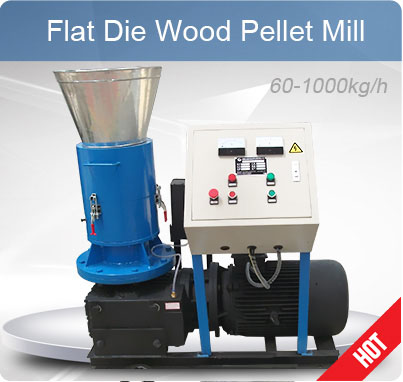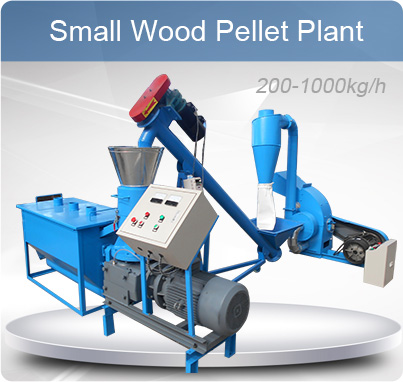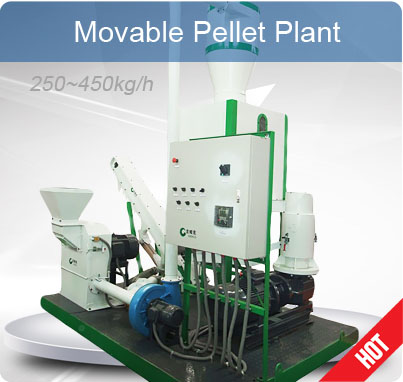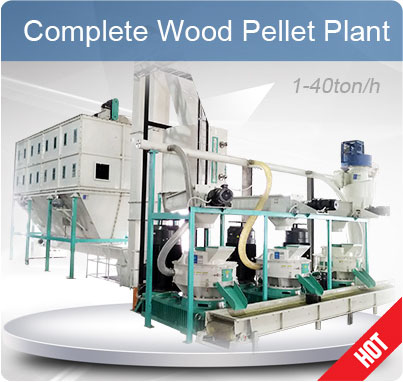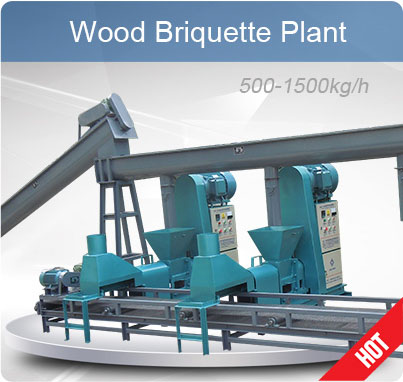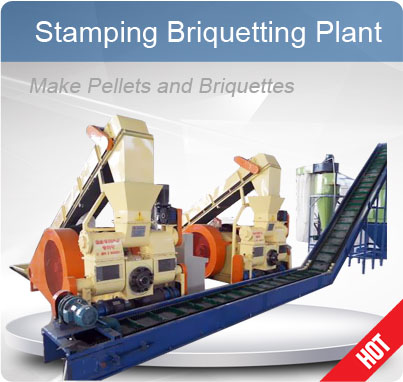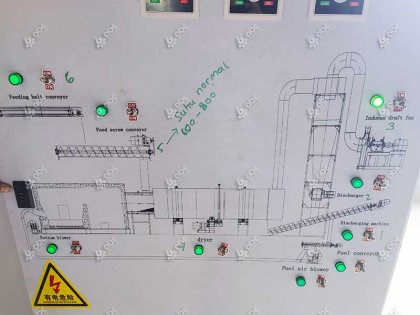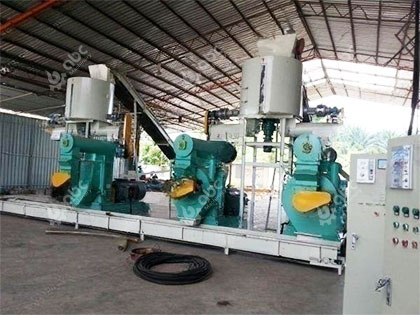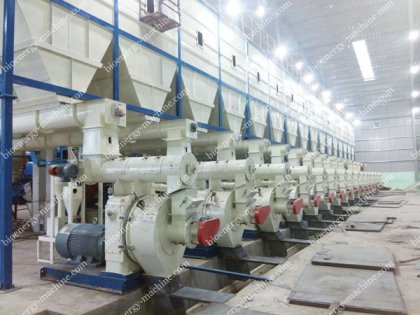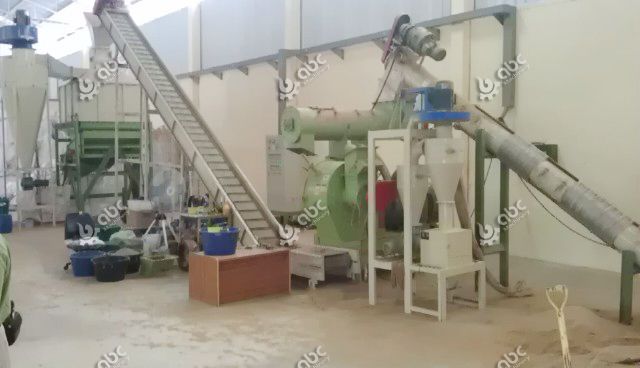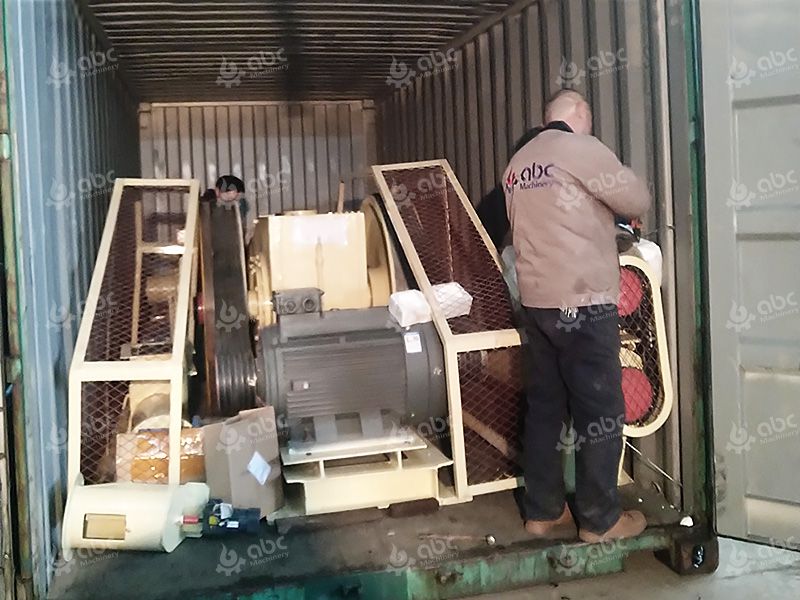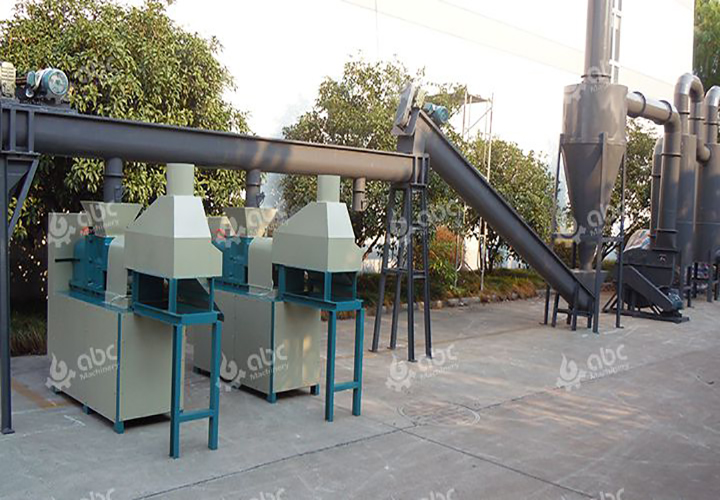Gain actionable insights into the RDF market with an in-depth analysis of global trends, calorific performance, regulatory incentives, and engineering adaptability of RDF. Refuse-Derived Fuel (RDF) pellets are processed from sorted municipal waste, densified into high-calorific fuel (15–22 MJ/kg) for industrial use. The global market, valued at USD 3.5B in 2023, is projected to reach USD 6.1B by 2030 (CAGR 8.2%), driven by landfill policies, coal substitution demand, and vast waste resources.

RDF Pellet Plant Solutions for Efficient Design, Cost, and Compliance
Ready to enter the RDF market? ABC Machinery offers turnkey production solutions. Contact us for a free quote on efficient RDF pelletizing equipment and market insights.
- Global RDF Resource Distribution and Market Potential in Modern Waste Management
- RDF Pellet Business Profits: Invest A Waste to Energy Plant
- Leading Waste to Energy Companies in RDF Pellet Production
- RDF vs. SRF Waste: Fuel Specifications, Use Cases, and Engineering Considerations
- Top RDF Pellet Producing Countries in the World
- Market Opportunities and Challenges in the Refuse Derived Fuel Industry
- Global RDF Pellet Trends in the Waste to Energy Market
- RDF vs. Traditional Fuels: Waste Disposal and Sustainable Energy Analysis
Global RDF Fuel Market Trends and Growth Drivers

Waste to Energy Fuel: RDF Pellets Market Investment Potential
The rdf market is undergoing rapid transformation driven by policy shifts, energy diversification strategies, and the evolving landscape of waste management. The global refuse-derived fuel (RDF) sector was valued at USD 3.5 billion in 2023 and is projected to reach USD 6.1 billion by 2030, with a CAGR of 8.2%. Main factors contributing to the growth trend of the global Refuse Derived Fuel pellet market are as follows:
1.Policy-Driven Market Expansion
Governmental commitments to decarbonization and landfill diversion are accelerating RDF adoption. The European Union’s Waste Framework Directive mandates 55% recycling by 2025, pushing industries toward energy recovery. Meanwhile, countries like Japan, Germany, and South Korea utilize over 40% of municipal solid waste (MSW) for energy generation, creating fertile ground for RDF growth.
2.Industrial Demand for Alternative Fuels
Industrial fuel substitution is a key growth lever. In cement manufacturing alone, alternative fuels like RDF already contribute 25-30% of thermal energy in Europe. By 2030, it’s expected that RDF could replace up to 20 million tons of coal annually across the industrial sector.
Regional Market Disparities Create Strategic Entry Points
Western Europe dominates the RDF fuel market, accounting for nearly 65% of global RDF production. In contrast, Southeast Asia and Latin America—despite surging urbanization—remain underdeveloped, offering strong ROI potential for early movers.| Region | RDF Usage Rate | Regulatory Support Level | Projected Market CAGR (2023–2030) |
|---|---|---|---|
| Western Europe | High (65%) | Strong | 5.8% |
| Southeast Asia | Low (<15%) | Moderate | 10.3% |
| North America | Moderate (30%) | Growing | 6.7% |
| Middle East & Africa | Very Low (<10%) | Limited | 8.5% |
3.Other Key Investment Insights for Growing RDF Market
-
Waste-to-Energy Conversion Potential: Over 2.3 billion tons of MSW generated annually worldwide, with over 50% suitable for RDF processing.
-
Industrial Use Case Readiness: Boilers, cement kilns, and lime production can integrate RDF with minimal retrofitting.
-
Technology Maturity: Pelletization lines with >90% thermal efficiency and NIR (Near-Infrared Reflectance) sorting systems are now standard.
-
High Policy Support Regions:Investment-friendly environments in Germany, Netherlands, and South Korea.
-
Emerging Market Gaps:Indonesia, Brazil, and Egypt show low RDF penetration but high landfill pressure.
-
Regional Demand Analysis:Identify industrial fuel consumers in zones with surplus MSW.
-
Infrastructure Strategy:Co-locate RDF plants near MSW transfer stations to reduce transport costs.
-
Retrofitting Viability:kilns and industrial boilers for RDF compatibility.
-
Waste Segregation Tech:Incorporate high-accuracy NIR and AI-driven optical sorters for RDF refinement.
Engineering planners and factory investors must prioritize RDF-ready energy zones where thermal substitution is not just viable but incentivized. Capitalize on global waste-to-energy momentum — Schedule a consultation to align your RDF strategy with emerging regional demands.Capitalize on these regional opportunities with ABC Machinery's turnkey RDF solutions. Contact us to receive a free market feasibility report tailored to your target region.
Policy Incentives and Government Support for RDF Making Plants
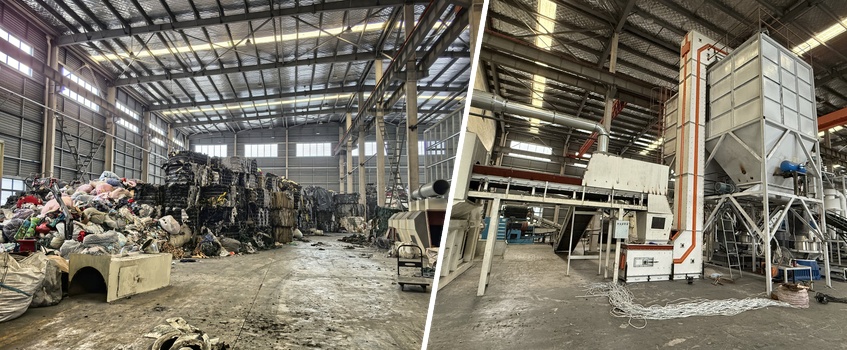
Successful RDF Making Plants Display
As the RDF fuel market gains traction, favorable policies across various countries are making RDF pellet plant investments more attractive and less capital-intensive.
Investment Subsidies and Permitting Support
Germany offers up to 40% capital expenditure reimbursement for RDF facilities under its Circular Economy Incentive Program. India’s Ministry of New and Renewable Energy (MNRE) provides up to $50/ton of RDF produced as a direct subsidy. Similarly, Japan provides interest-free loans for RDF infrastructure development.- Permit Streamlining: The UK’s Environmental Permitting Regulations allow RDF plant applications to be fast-tracked under the “Standard Rules” route.
- Carbon Credit Leverage: In South Korea and the EU, RDF plants can trade in carbon offset markets—delivering additional financial return.
Understanding the legal frameworks and required documentation (EIA reports, fire safety audits, etc.) is critical for project engineers during early-stage design.
Maximize ROI through local subsidies and compliance support — Talk to our experts for tailored RDF investment guidance.
Calorific Value Advantages of RDF Compared to Conventional Fuels
Refuse-derived fuel offers a competitive thermal performance relative to traditional fuels:
-
Calorific Range: RDF typically delivers between 15–22 MJ/kg, depending on composition and drying efficiency.
-
Comparison:
- Coal: 24–30 MJ/kg
- Biomass (wood chips): 10–16 MJ/kg
- Natural gas: 38 MJ/kg (but cost and availability vary)
Energy Efficiency through Composition Control
High-calorific RDF is often produced with plastic-rich fractions, while lower grades integrate more organic content. Pelletizing improves density and combustion uniformity, enhancing compatibility with automated feed systems.Get a tailored RDF vs. traditional fuel suitability report for your combustion system — Contact our fuel analysis team today.
RDF vs SRF: Engineering Considerations and Application Differences
While both RDF and SRF (Solid Recovered Fuel) are waste-derived, their specifications diverge:
- RDF: Broadly defined, variable composition, commonly used in local markets.
- SRF: Defined by CEN/TS 15359 standards, with tightly controlled chlorine, ash, and calorific parameters, suited for international trade.
SRF is typically engineered for co-incineration in cement kilns and power stations, whereas RDF finds use in regional waste-to-energy setups.
In factory design, SRF requires advanced drying and classification systems, increasing CapEx but delivering more consistent fuel output. By contrast, RDF presents a cost-effective entry point for regional waste-to-energy projects with lower technical barriers.
Ready to capitalize on local RDF opportunities? ABC Machinery specializes in modular RDF production lines tailored for regional markets. Contact us to get a custom quote on efficient RDF processing equipment and site-specific engineering solutions.
Top RDF Fuel Producing Countries and Their Production Capacity
The global RDF market is concentrated in specific high-output regions:
- Germany: 6.8 million tons/year across 120+ facilities.
- Italy: 4.2 million tons/year.
- UK: 3.9 million tons/year.
- Japan: Over 2.5 million tons/year, heavily regulated.
- USA: 1.2 million tons/year, mostly localized.
Technology and Capacity Trends
Leading nations employ automated sorting (optical, magnetic, ballistic), integrated drying, and modular pelletizing systems with capacities ranging 3–10 tons/hour.Access real-time capacity data and project planning maps — Speak with our RDF supply chain experts.
Leading RDF Companies and Processing Technology Trends
Several global companies are setting benchmarks in RDF production engineering:
- Vecoplan (Germany): Known for advanced shredding systems with output control.
- Komptech (Austria): Integrated RDF lines with modular upgrades.
- CP Group (USA): Optical sorting and front-end recovery systems.
Process Focus Areas
- Shredding: Consistent 30–80 mm particle size for uniform combustion.
- Drying: Belt dryers capable of reducing moisture to below 10%.
- Pelletizing: Hydraulic presses producing RDF pellets at 4–6 tons/hour.
In a word, Design your RDF line with proven technologies from ABC Machinery. Request a plant layout mockup and see how our equipment optimizes shredding, drying, and pelletizing.Contact us to get the RDF Processing Business integration guide.




